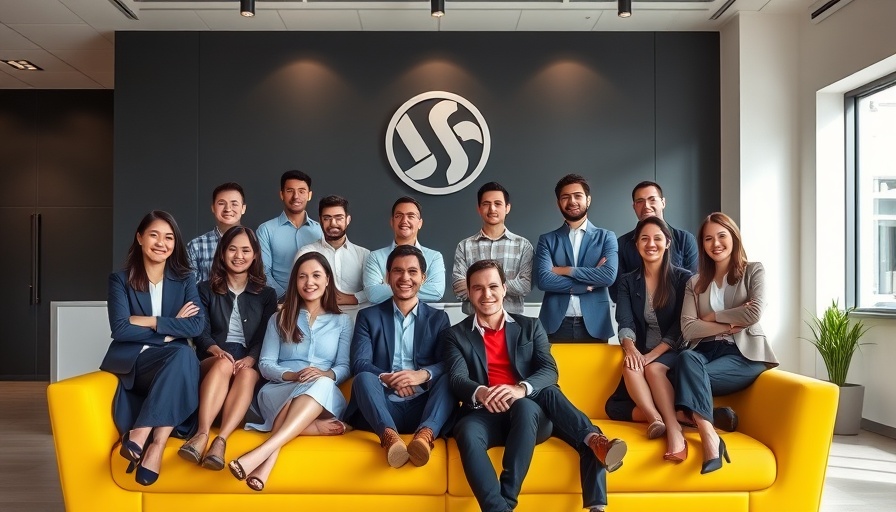
Investing in Innovation: DIG Ventures Makes a $100M Move
In a bold move that asserts its commitment to fostering innovation in Europe, DIG Ventures has officially announced the launch of its second institutional fund, valued at $100 million. This fund aims to provide early-stage investments in business-to-business (B2B) SaaS, artificial intelligence (AI), and cloud infrastructure startups, primarily in Europe and selectively in Israel and the U.S. This strategic initiative highlights the growing importance of operator-led funds in navigating the complexities of startup ecosystems.
A Shift Towards Operator-Led Investment
The venture capital landscape is witnessing a notable shift with the emergence of "operator VCs," a term describing former founders turned investors. Unlike the traditional approach where most venture capitalists come from financial backgrounds, Europe is seeing a rise in experienced entrepreneurs stepping into the VC arena. DIG Ventures’ co-founders, Ross Mason and Melissa Klinger, exemplify this transition. With Mason having previously exited MuleSoft in a landmark acquisition, their nuanced understanding of startup challenges positions them uniquely to support budding companies.
Recognizing Market Opportunities
In a statement, Mason articulated the vision behind the fund, emphasizing an operator-led model that offers unparalleled engagement with founders. He remarked, "We managed to figure out a strategy where we could pick and meet founders quicker and earlier than most other funds." This proactive approach aims to streamline the fundraising process for startups, who often face delays in traditional venture capital routes.
The DIG Ventures Team: Expertise at the Helm
Joining Mason and Klinger in this venture are notable industry figures like Rytis Vitkauskas and Scott Grimes, both of whom bring a wealth of experience from successful startups and prestigious investment firms. Their insights not only bolster DIG’s portfolio but also enhance its mentoring capabilities for young entrepreneurs. The fund currently boasts investments in promising companies such as People.ai, Bubble, and ComplyAdvantage, encapsulating its diverse focus.
Tapping into Digital Transformation Trends
The rise of AI represents a pivotal trend in digital transformation. Klinger articulated her belief in Europe’s potential, stating, "Europe’s a real dark horse in AI. We’ve got the talent at half the cost of the US." This belief is rooted in the notion that Europe possesses a wealth of intellectual resources ready to be harnessed for developing AI solutions. The fund aims to capture this potential by targeting startups creating sophisticated AI tools and platforms.
Risk Management and Long-Term Returns
As with any investment strategy, there are inherent risks. The tech industry faces volatility, especially in emerging sectors like AI and SaaS. However, Mason and Klinger believe that their operational expertise allows them to manage risks effectively. They aim to establish mutually beneficial relationships with startups, aiding them not just financially but also strategically.
The Road Ahead: What Lies Beyond $100M?
Looking forward, DIG Ventures aims to redefine how venture capital interacts with startups. Mason speculated that as enterprises increasingly build their AI solutions internally, it may lead to a "new arms race" within the sector. The emphasis on internal control over data and operations is likely to resonate with many organizations, driving demand for innovative solutions supported by funds like DIG Ventures.
Conclusion: An Exciting Future for Startups
The launch of DIG Ventures’ new fund is not just a financial milestone; it’s a harbinger of the evolving VC landscape. An operator-led approach coupled with a focus on crucial sectors will undoubtedly resonate with early-stage startups hungry for support and mentorship. The next waves of innovation may very well emerge from this bold venture.
In a world where technology and entrepreneurial spirit collide, DIG Ventures aims to be at the forefront of this transformation, ready to invest in the disruptive ideas of tomorrow.
 Add Row
Add Row  Add
Add 



Write A Comment